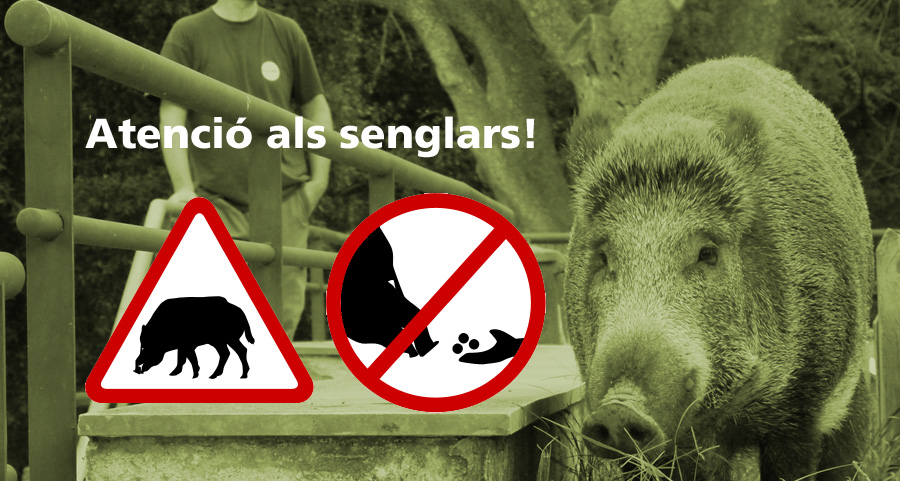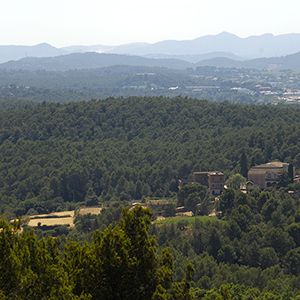The increase in the boar population combined with the presence of animals accustomed to humans has become a severe problem. Park staff constantly monitor these animals, assess the measures to be taken and publicise basic recommendations for people to follow. The boar is an iconic animal of the Collserola woodland, but its spread outside its true habitat into urban areas, where it can easily find food (rubbish, lawns, etc.), needs to be prevented. Below is a summary of the information published in the park newsletter from June to the present day, links to campaigns and material recently published by the most affected town and city councils, as well as details of articles on the subject.
People and Boar
From issue 112 of the park newsletter. Summer 2016
Efforts must be made to ensure that boar do not become used to the presence of humans in order to minimise the social impact now widespread around Europe.
The boar is a magnificent, hardy, fierce animal and currently the largest wild mammal in Collserola. The boar population has grown in recent years in Catalonia and across the whole of Europe. Recent studies indicate that this animal is present in large numbers in the park and that the population density is higher than desirable.
In Catalonia, there is a close correlation between the boar population density and the presence of woodland and the production of nuts by the beech trees in them. This woodland provides boar with their main habitat, and beechnuts are their principal source of nourishment. Nevertheless, the density of populations on Collserola, as in other metropolitan areas in Europe, has risen due to their easy access to food in urban and peri-urban areas, as well as in the naturalised urban green spaces where the species is able to live and reproduce.
Within the park, it is possible to distinguish, on the basis of their behaviour, between boar that are:
- wild, which avoid humans and move about in the more natural areas, feeding in the woodland and agricultural areas
- semi-accustomed to humans and which feed in woodlands and agricultural areas but which occasionally make forays into urban areas
- accustomed to humans and which move around urban areas and their environs, feed almost entirely on food left by people and only occasionally in woodland or agricultural areas
It has been shown that females in groups accustomed to humans have a heavier bodyweight and hence a higher birth rate. This has contributed to the increase in the peri-urban boar population. Some individuals are becoming more demanding and aggressive in a bid to obtain food. The boar population must be urgently reduced throughout the park to minimise their social impact: the damage to agriculture and gardens, collisions with vehicles, frightening encounters and injuries to people and pets, as well as boar’s forays into urban areas and above all the health risk caused by the transmission of various diseases. It is the health risk that makes it all the more necessary for the existing penalties to be applied to those people who give them food.
It should be remembered that the boar is not a protected species but one that is hunted. Direct control of their numbers is carried out by means of beaters flushing them out and by ambushing them at night. Despite these measures, implemented in Collserola for more than 25 years, the current situation demands new measures that will achieve two aims: firstly, to reduce the population as quickly as possible; and secondly, to prevent wild boar becoming used to the presence of humans in urban areas and having easy access to food of human origin. Hence the importance that visitors and people living in the park and its environs are familiar with the preventive measures and can contribute to solving the problem.
Articles published in the park newsletter
BASIC RECOMMENDATIONS IN THE PARK
Let’s stop wild animals getting used to and becoming less afraid of humans!
If you meet a boar,
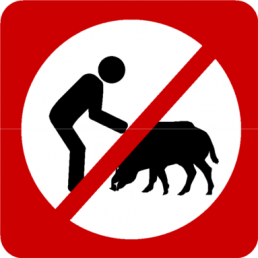
Do not approach it. Boar can react aggressively.
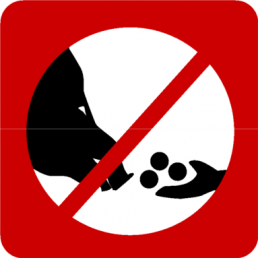
Don’t give them anything to eat
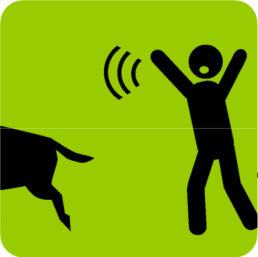
Make a noise and wave your arms to frighten them off
In picnic areas
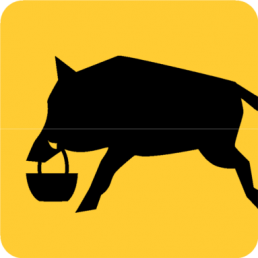
Be watchful and keep an eye on your bags
On the roads
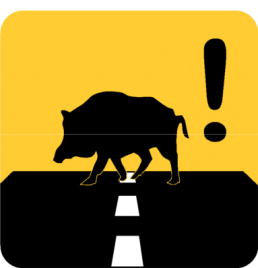
They can cross the road and cause an accident




